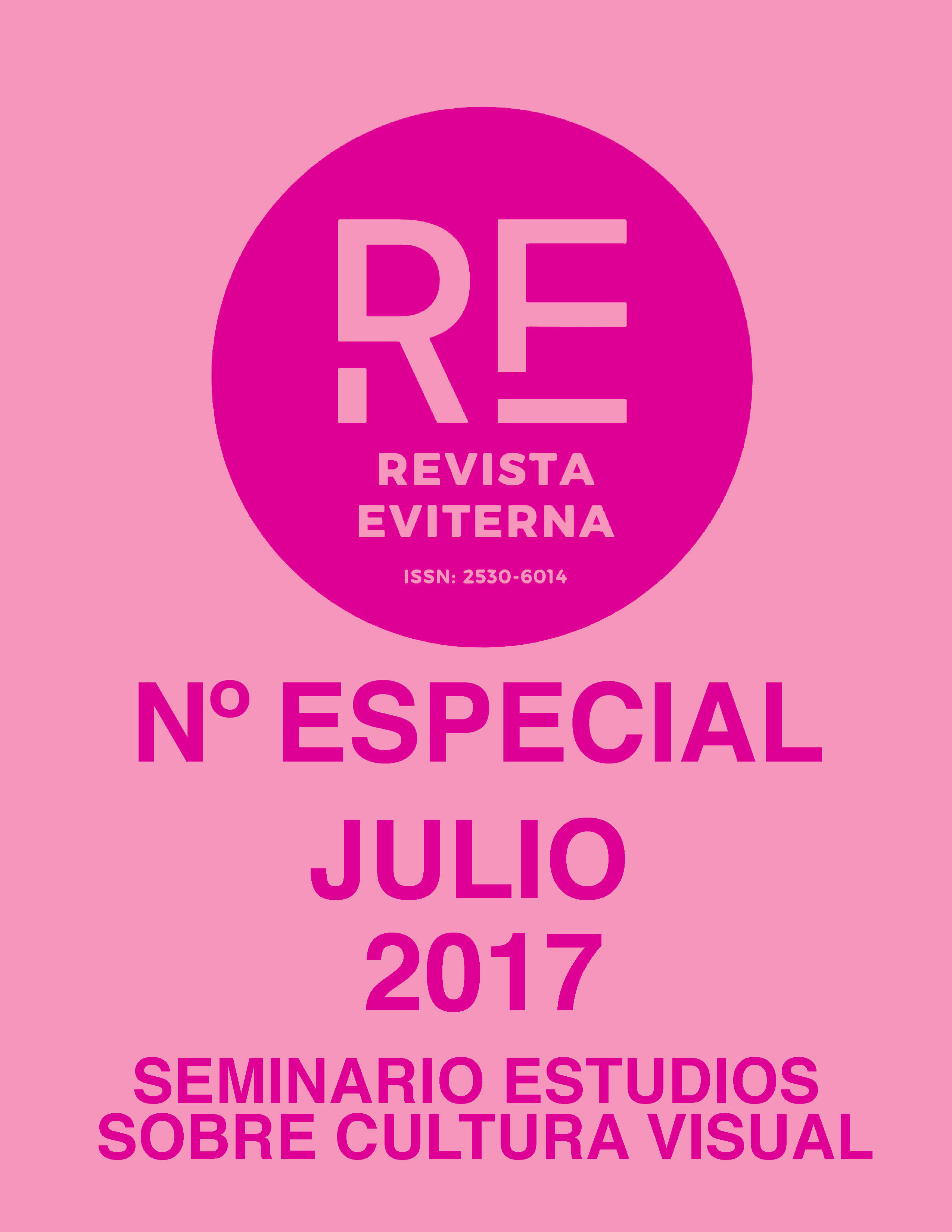The symbolic space in the former convent of the Magdalena de Antequera (Málaga)
DOI:
https://doi.org/10.24310/Eviternare.v1i1.8215Keywords:
Convent of the Magdalena; Antequera; San Pedro de Alcántara; Baroque; Andalusia; Treaty of Prayer and Meditation; MysticismAbstract
The old convent of Santa María Magdalena de Antequera (Malaga), which belongs to the Order of Friars Minor of strict observance or alcantarinos barefoot Franciscan, was built between 1690 and 1708 and constitutes one of the best examples of the anchorite religiosity of the andalusian baroque, profusely decorated with tempera paintings, configuring a symbolic convent space based on the doctrines of the founder of the Order, San Pedro de Alcántara, reflected in his book Treatise on Prayer and Meditation (1587). This work constitutes one of the jewels of the Spanish mysticism, whose function was to help anyone who would like to achieve the union of the soul with God by purifying their vices and their sins, with strict rules of absolute poverty, barefootedness, retreat for prayer and total abandonment into the hands of Divine Providence and the ministry of preaching.
Downloads
Metrics
Publication Facts
Reviewer profiles N/A
Author statements
Indexed in
-
—
- Academic society
- N/A
- Publisher
- Universidad de Málaga
References
ALCÁNTARA, Pedro de. (2012). Tratado de la Oración y Meditación. Ed. Biblioteca de autores cristianos: Madrid.
CAMACHO MARTÍNEZ, Rosario (1999), “Patrimonio pictórico de Antequera. El claustro del Convento de la Magdalena”, en Boletín de Arte nº 20, Universidad de Málaga, pp. 471- 492.
CAMACHO MARTÍNEZ, Rosario (2008), “Del Desierto de penitencia al claustro conventual, pinturas murales y programas iconográficos del convento de la Magdalena en Antequera”, en
PAREJO, Antonio, (coord.). El Antiguo Convento de la Magdalena de Antequera: Historia y Patrimonio (1558-2008), Ed. Grupo Antequera golf: Antequera.
FERRER, Vicente. (1791). Tratado de la Vida espiritual del glorioso padre S. Vicente Ferrer, orden de predicadores traducido de latín a romance con las licencias necesarias…, Oficina de D. Benito Monfort: Valencia.
GONZÁLEZ DE ZARATE, Jesús María y VV. (1996), “Las estampas de los Sadeler como transmisoras de modelos iconográficos en la pintura flamenca del siglo XVII”, en Goya, nº 251, pp. 265-275.
GREGORIO MAGNO. (2000). Homilías sobre los evangelios. Ed. Rialp,: Madrid.
LÁZARO PULIDO, Manuel (2006), “El acceso antropológico a la meditación con Dios en el Tratado de Oración y Meditación de San Pedro de Alcántara”, en Cauriensia, vol.I, pp. 237-250.
BARTSCH, Adam von (2003). The Illustrated Bartsch 70 part 4 (supplement) Johan Sadeler I. Ed. Abaris Books: Nueva York.
PAREJO BARRANCO, José Antonio (2002), “Una lectura simbólica de la Antequera Barroca (fragmentos)”, en Revista de Estudios Antequeranos, nº 13, p. 14.
PAREJO BARRANCO, José Antonio (2008), “Antequera y el antiguo convento de la Magdalena.
Del siglo XVI al XXI: Dos historias paralelas” en PAREJO, José Antonio (coord.), El Antiguo Convento de la Magdalena de Antequera: Historia y Patrimonio (1558-2008), Ed. Grupo Antequera golf: Antequera.
RÁMIREZ GONZÁLEZ, Sergio (2007). Málaga seráfica. Arquitectura, patrimonio y discurso simbólico de los conventos franciscanos (1485-1835). Tesis Universidad de Málaga: Málaga.
SÁNCHEZ LÓPEZ, Juan Antonio (1991), “Iconografía e Iconología del pelícano: Un ensayo sobre la reconversión del concepto de filantropía”, en Boletín de Arte, nº 21, Universidad de Málaga.
ROMERO BENÍTEZ, Jesús (2012). Antequera Ciudad Monumental. Ed. Chapitel: Antequera.
TORRE, Juan Esteban de la (1688), La Pecadora Santa. Vida de Santa María Magdalena. Historia Panegírica, Política, y Moral. Dedicada Al Antiquissimo, Nobilissimo, y fidelissimo Reyno de Aragón. En Calatayud, por Josef Mola.
VORÁGINE, Santiago de la (1982). La Leyenda Dorada, vol I., Ed. Alianza: Madrid.
VILLEGAS RUIZ, Manuel (2002), “El convento de la Magdalena de los franciscanos descalzos de Antequera, según una crónica latina del siglo XVIII”, en PELÁEZ DEL ROSAL, Manuel (dir.), V y VI Curso de Verano. El franciscanismo en Andalucía, Cajasur
Downloads
Published
How to Cite
Issue
Section
License
All the contents published in Revista Eviterna are subject to the Creative Commons Reconocimento-NoComercia-Compartirigual 4.0 license, the full text of which can be found at <http://creativecommons.org/licenses/by-nc-sa/4.0>
They may be copied, used, disseminated, transmitted and publicly exposed, provided that:
The authorship and original source of your publication (Journal, editorial and URL of the work) are cited.
They are not used for commercial purposes.
The existence and specifications of this use license are mentioned.

Copyright is of two kinds: moral rights and patrimonial rights. Moral rights are perpetual, inalienable, inalienable, inalienable, inalienable and imprescriptible prerogatives.
In accordance with copyright legislation, Revista Eviterna recognizes and respects the moral rights of the authors, as well as the ownership of the economic right, which will be transferred to the University of Malaga for dissemination in open access.
The economic rights refer to the benefits obtained by the use or disclosure of the works. Revista Eviterna is published in open access and is exclusively authorized to carry out or authorize by any means the use, distribution, disclosure, reproduction, adaptation, translation or transformation of the work.
It is the responsibility of the authors to obtain the necessary permissions of the images that are subject to copyright.







12.png)



